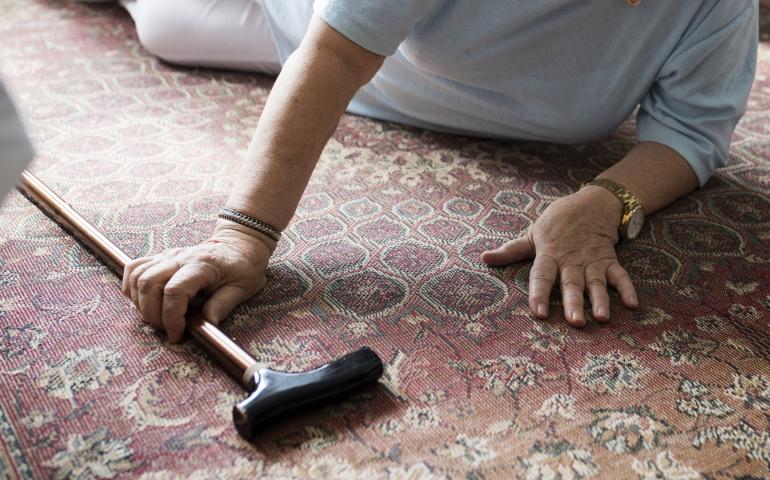Can the perception of neighbourhood environments influence active and healthy ageing?
A recent study has highlighted an important link between how older people perceive their neighbourhood and their levels of physical activity.
Research has long established the importance of physical activity to better health outcomes and optimal ageing. However, it has been found that a significant proportion of older people do not meet the physical activity guidelines for health and their physical activity levels decline over time. Finding ways to promote active living (i.e., increase physical activity and reduce sedentary time) in older populations is a public health priority.
Whilst older people spend most of their day in their neighbourhood, the extent to which neighbourhood characteristics influence sedentary time remains unclear due to the limited research. The aim of this research was to therefore examine the associations of perceived neighbourhood environmental attributes with physical activity and sedentary time in older people.
The study, carried out in Hong Kong neighbourhoods, collected and analysed various facets of the perceived neighbourhood environment, including factors like residential density, aesthetics, accessibility, and safety.
“What we have found are not only direct associations but also indirect effects on physical activity, highlighting a fascinating interdependence between the perception of neighbourhood environments and active ageing,” says lead author Professor Ester Cerin, Program Leader for the Behaviour, Environment and Cognition Research Program at Australian Catholic University (ACU) and UNSW Ageing Futures Institute member.
“One striking revelation was that extreme levels of residential density may not necessarily be conducive to an active lifestyle for older people. This suggests a need for balance, ensuring neighbourhoods provide ample space for essential amenities and green spaces while maintaining accessibility.”
“Neighbourhoods that are also perceived as aesthetically pleasing encouraged more physical activity, particularly recreational walking and non-walking activities. This underscores the significant influence of visual appeal on how older people choose to engage in physical activities.”
This groundbreaking research provides invaluable insights into the complex dynamics between older adults and their neighbourhood environment and has potential applications to the Australian context.
“By understanding these insights, urban planners and policymakers can create appropriate environments that foster healthy and active aging.”
Read the full article here






